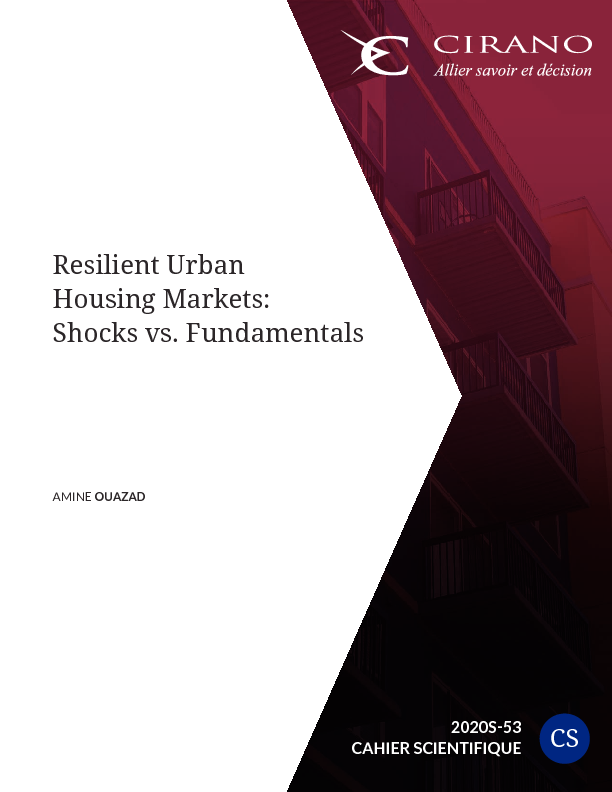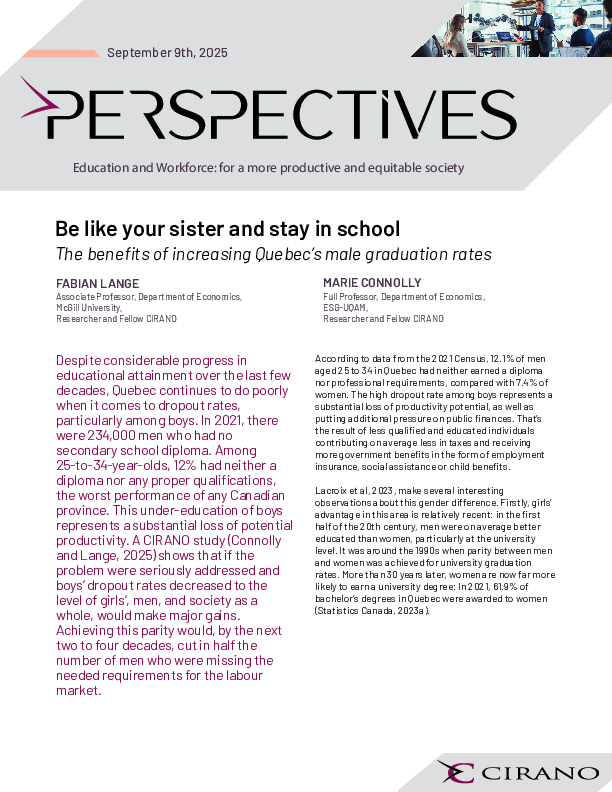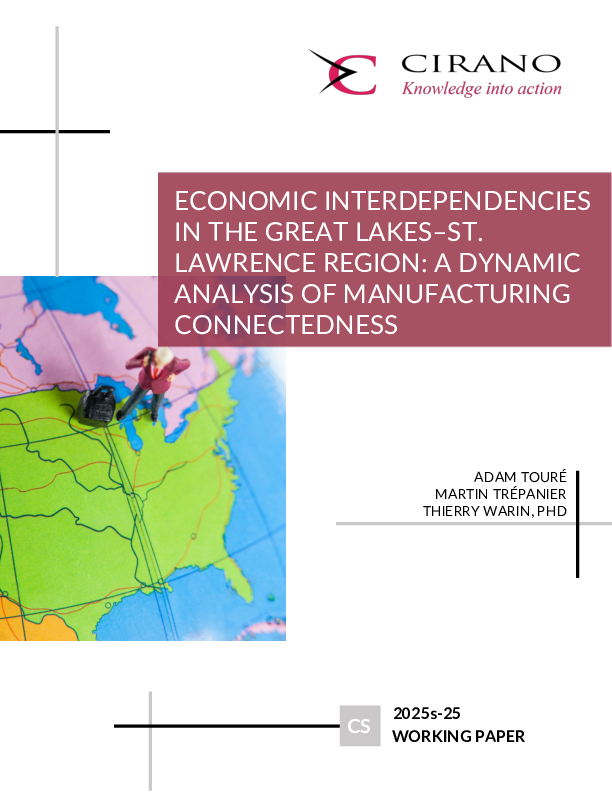Resilient Urban Housing Markets: Shocks vs. Fundamentals
In the face of a pandemic, urban protests, and an affordability crisis, is the desirability of dense urban settings at a turning point? Assessing cities’ long term trends remains challenging. The first part of this chapter describes the short-run dynamics of the housing market in 2020. Evidence from prices and price-to-rent ratios suggests expectations of resilience. Zip-level evidence suggests a short-run trend towards suburbanization, and some impacts of urban protests on house prices. The second part of the chapter analyzes the long-run dynamics of urban growth between 1970 and 2010. It analyzes what, in such urban growth, is explained by short-run shocks as opposed to fundamentals such as education, industrial specialization, industrial diversification, urban segregation, and housing supply elasticity. This chapter’s original results as well as a large established body of literature suggest that fundamentals are the key drivers of growth. The chapter illustrates this finding with two case studies: the New York City housing market after September 11, 2001; and the San Francisco Bay Area in the aftermath of the 1989 Loma Prieta earthquake. Both areas rebounded strongly after these shocks, suggesting the resilience of the urban metropolis.




